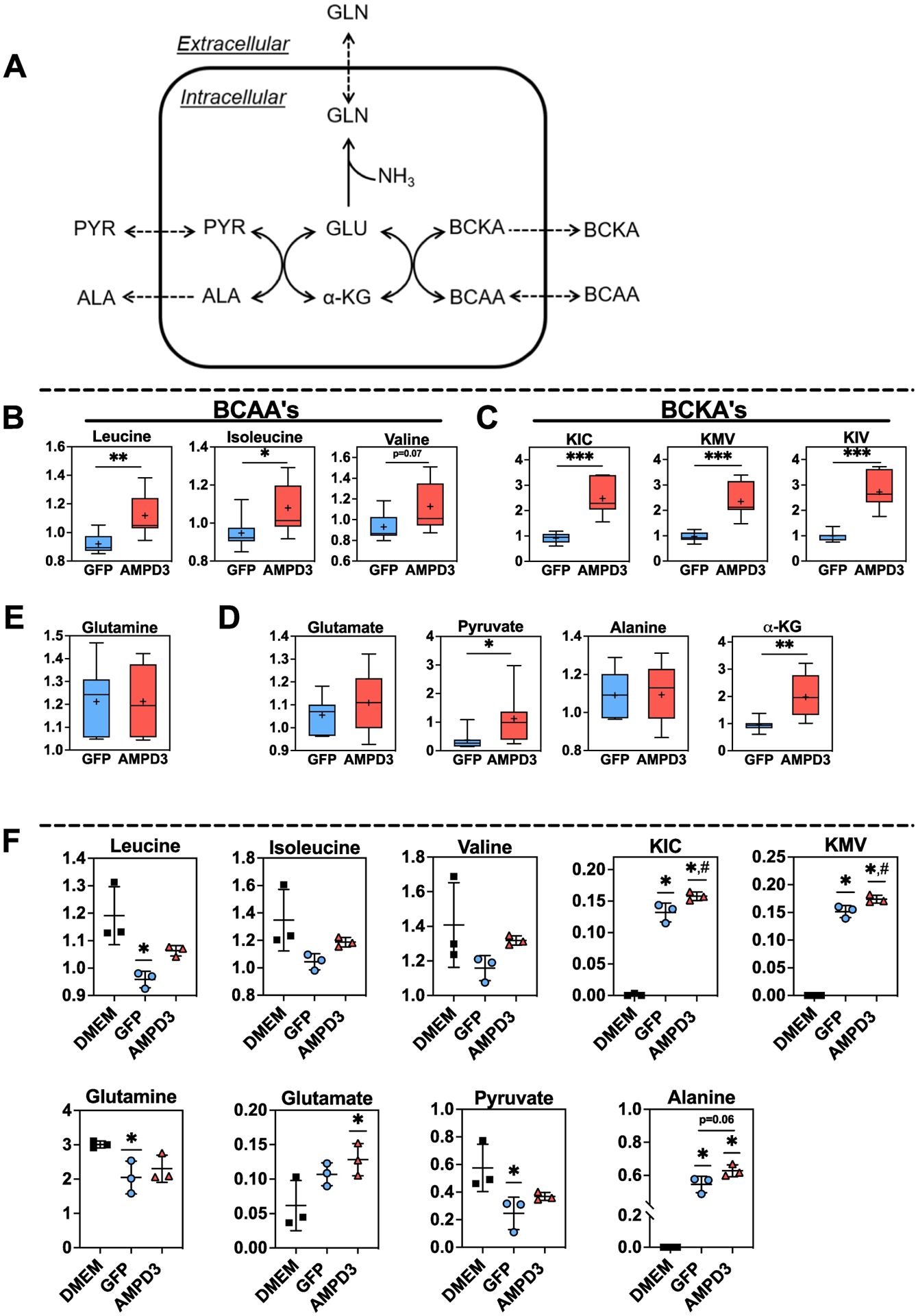Fig. 5. AMPD3 increases BCAA transamination and BCKA efflux.

(A) Simplified schematic depicting the connection between de novo glutamine synthesis, de novo alanine synthesis, and BCAA transamination. (B-C) Intracellular branched chain amino acids (BCAA’s) and branched chain keto-acids (BCKA’s), KIC (α-ketoisocaproate), KMV (α-keto-β-methylvalerate), and KIV (α-ketoisovalerate) (E) Intracellular glutamine (D) Intracellular substrates (glutamate + pyruvate) and products (alanine + α-KG) of ALT. Metabolite values were normalized to protein concentration. Statistical significance was determined by two-tailed unpaired t-test between GFP vs AMPD3. * p<0.05, ** p<0.01, *** p<0.001. n=7/group (F) Extracellular (media) levels of BCAA’s, BCKA’s, glutamate, glutamine, alanine, and pyruvate. Statistical significance was determined by ordinary one-way ANOVA. * p<0.05 vs. DMEM, # p<0.05 vs. GFP. n=3/group
